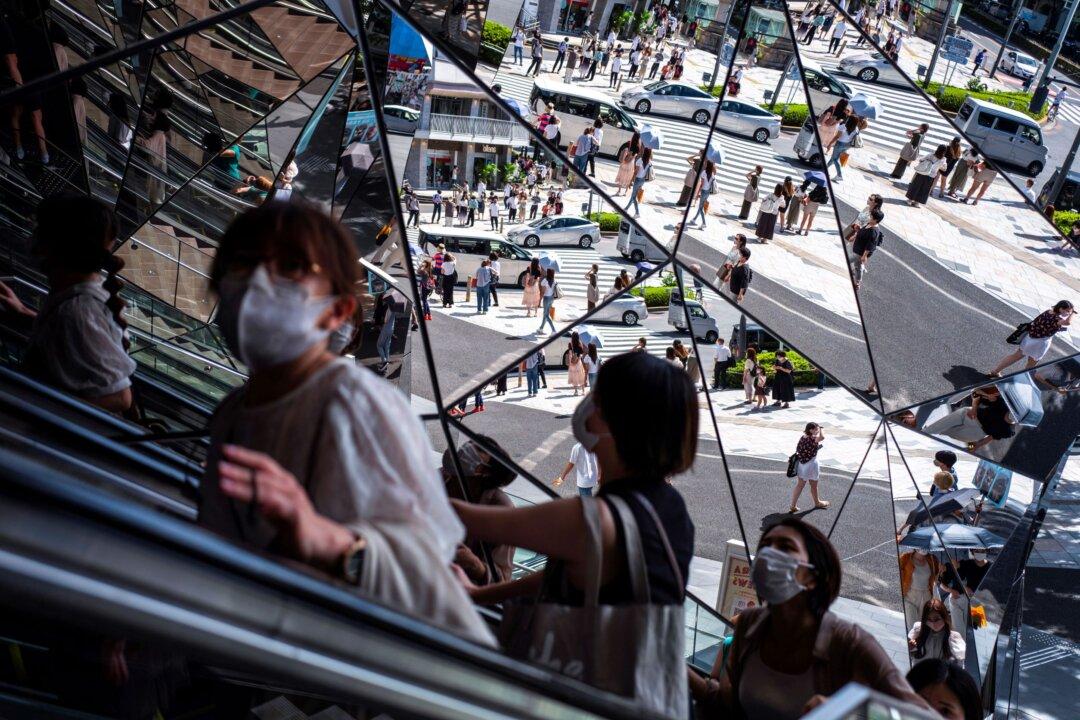Commentary
Consumer retail spending is currently one of the few measures of economic activity that hasn’t hit the skids. It rose two months ago, and was unchanged last month, but there’s every indication that it’s rising again, as people dig deep to pay much higher bills while trying their best not to dial back their lifestyles.





